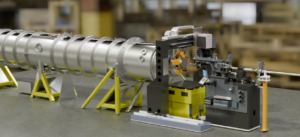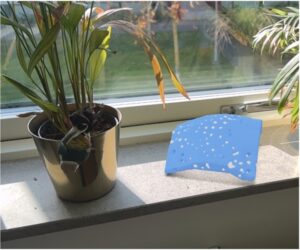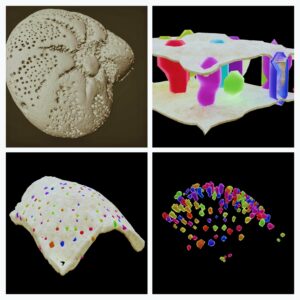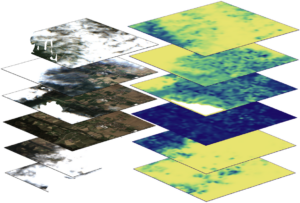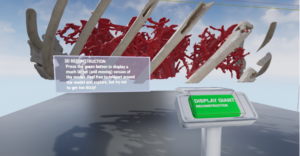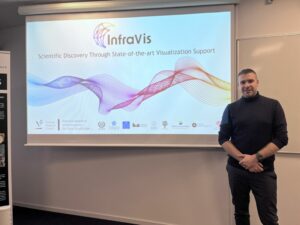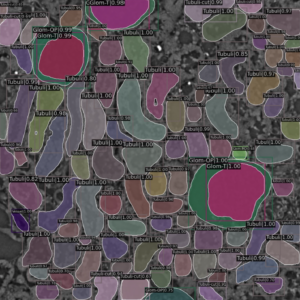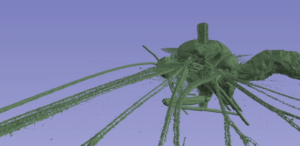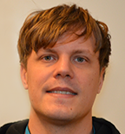Constructing a virtual Synchrotron X-ray beamline
Researchers from InfraVis and MAX IV are developing virtual environments from CAD drawings for education, training, and virtual experiments. Using Blender and Unreal Engine 5, the team optimizes complex geometries for immersive visualization of beamlines like ForMAX at MAX IV. Future work focuses on topology optimization for seamless VR experiences.

